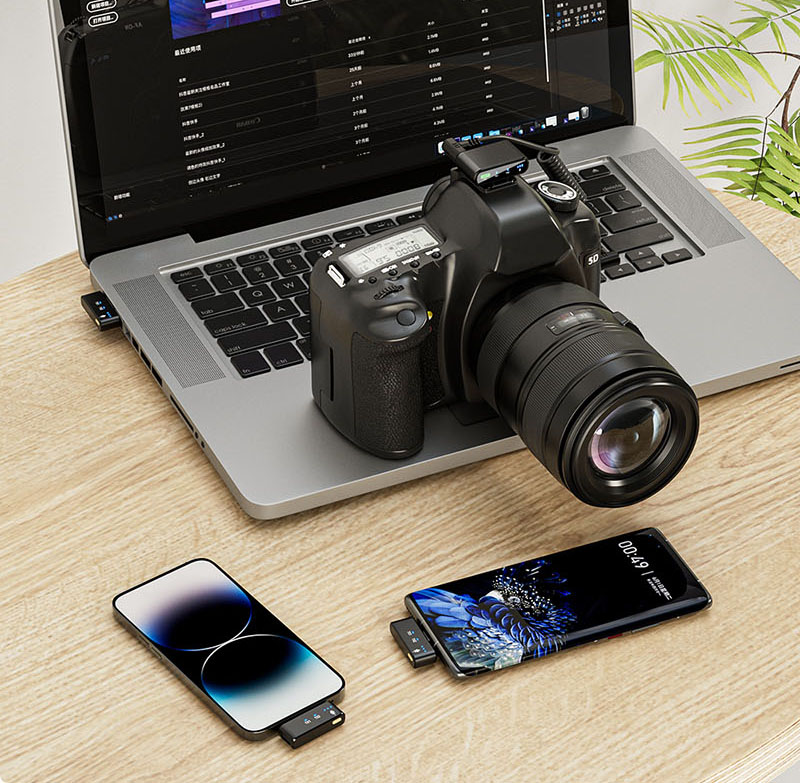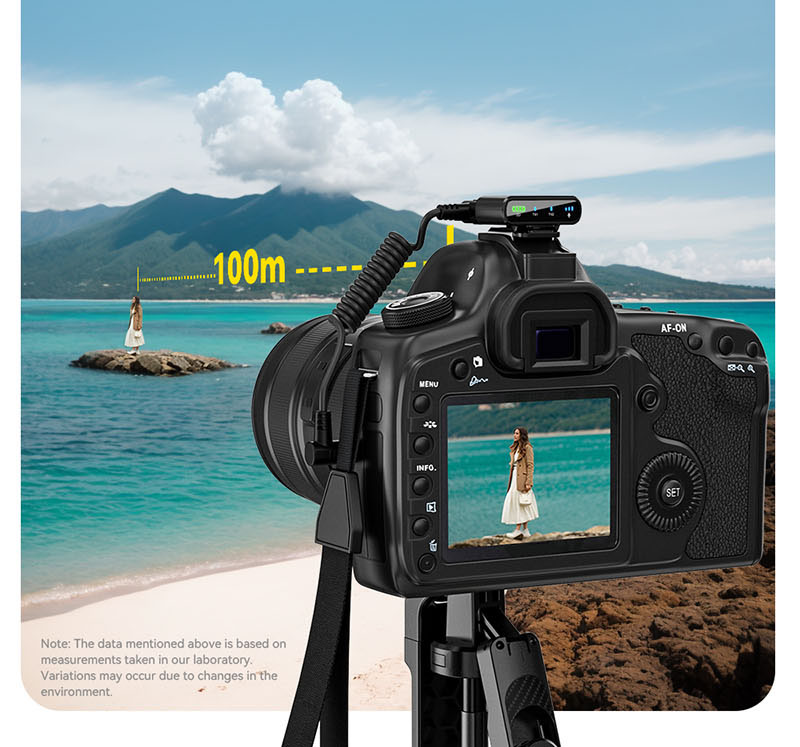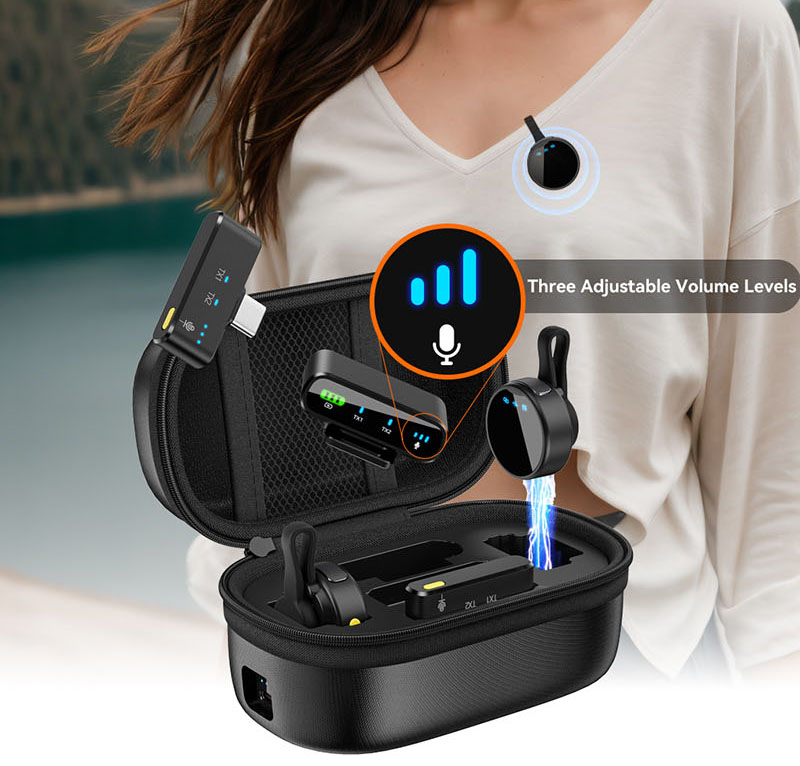How To Connect A Wireless Microphone To A Receiver
How To Connect A Wireless Microphone To A Receiver
How To Connect A Wireless Microphone To A Receiver

Connecting a wireless microphone to a receiver involves a few straightforward steps. Here’s a general guide to help you set it up:
What You’ll Need:
- Wireless microphone system (includes microphone, receiver, and cables).
- Audio mixer, amplifier, or speaker (depending on your setup).
- Power supply for the receiver and microphone (if not battery-powered).
Steps to Connect:
- Power On the Receiver:
- Plug the receiver into a power source using the provided power adapter or batteries.
- Turn on the receiver using the power button.
- Power On the Microphone:
- Insert batteries into the wireless microphone or charge it if it has a rechargeable battery.
- Turn on the microphone using its power switch.
- Pair the Microphone and Receiver:
- Most modern wireless systems automatically pair the microphone and receiver when turned on. If not:
- Check the user manual for specific pairing instructions.
- Some systems require you to manually match the frequency or channel on both the microphone and receiver.
- Most modern wireless systems automatically pair the microphone and receiver when turned on. If not:
- Connect the Receiver to Your Audio System:
- Use the appropriate cables (usually XLR, 1/4-inch TRS, or RCA) to connect the receiver’s output to your mixer, amplifier, or speaker.
- XLR: For professional audio equipment.
- 1/4-inch TRS: For amplifiers or mixers.
- RCA: For consumer-grade speakers or home audio systems.
- Use the appropriate cables (usually XLR, 1/4-inch TRS, or RCA) to connect the receiver’s output to your mixer, amplifier, or speaker.
- Test the Audio:
- Speak into the microphone and check if the sound is coming through your speakers or mixer.
- Adjust the gain/volume on the receiver and your audio system to avoid distortion or feedback.
- Fine-Tune the Settings:
- If the system has adjustable settings (e.g., frequency, gain, or squelch), adjust them to optimize performance and avoid interference.
Troubleshooting Tips:
- No Sound: Ensure the microphone and receiver are on the same frequency/channel. Check cable connections and volume levels.
- Interference: Change the frequency/channel on the receiver and microphone to avoid interference from other wireless devices.
- Low Battery: Replace or recharge the batteries in the microphone if the signal is weak or cutting out.
If you’re using a specific brand or model, refer to the user manual for detailed instructions. Let me know if you need help with a particular system!




